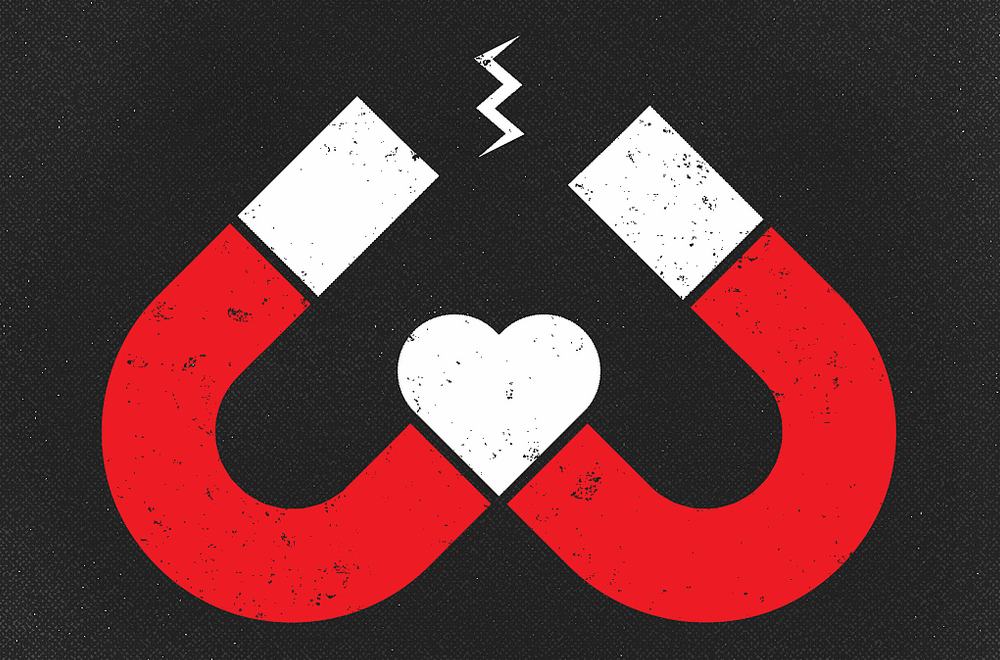Top Artifact 1
The Item to Archive that engaged me the most was from Module 3. In Module 3, we learned the ins and outs of Social Psychology including how important social groups are and the effects that belonging to social groups have on our lives. We also learned that how a romantic couple perceives similarities in a relationship can add to the success and happiness in that relationship.
This artifact was my top selection because my results did not coincide with the idea that a relationship must bare similarities to be successful. I learned through this experiment that many people believe that opposites attract better than people with similarities. Overall, the people that I asked reported that when people have contradicting traits, they add to what the other one does not have. Before completing this item, I would have agreed with the statement “Similarity leads to attraction,” but after interviewing multiple people, I can see how opposites attract.
The photo I chose to include is a cute depiction of how opposites can come together to form love.

https://welldoing.org/article/the-unconscious-reasons-opposites-attract
Top Artifact 2
I chose to expand upon Module 7’s artifact. The attitude survey evaluates and understands participants’ attitude towards a specific product, idea, or service. I like this survey because it is often administered keeping in mind target participants. The behavior survey is similar except it targets what people do. Both surveys help discover the strengths and supports that individuals have, hear the perspective of individuals themselves, and acquire knowledge of thriving indicators and about risk behaviors that are impacting others. They also help individuals observe their behavior and pinpoint the attitude that might have been the cause.
The attitude survey encompasses all of an individual’s emotional, perceptual, rational, and behavioral processes in response to some aspect of the environment. The behavior surveys do not make an attempt to determine what people think instead, they focus on what people do. Both surveys are intended to provide data in order to develop asset-building strategies and formulate positive actions and visions for individuals. These surveys have become a catalyst for many different environments.
This image best reflects what was written because attitude and behavior are closely related to each other. Attitude is influential to one’s behavior. Each individual has attitudes which are based on past experiences in their life. As a result, each person’s attitude is shaped differently and they act differently in particular situations.

Top Artifact 3
I like this artifact because it helps with knowing when and how a stereotype that has been developed can aid in revealing hidden assumptions. Derogatory terms or slurs often initiate in one context and then become generalized over time. Individuals’ unconscious stereotypes and biases can affect our brains’ visual systems which means that individuals may perceive other people’s faces in ways that may “conform to these stereotypes.”
This artifact helped expand my knowledge because stereotypes can often lead to prejudices. These are formed opinions about an individual that are not derived from actual experiences. Stereotyping others leads to false assumptions about that person and can affect the way someone perceives others. Stereotypes often pave the way for toxic prejudices and intergroup hostility around race, age, and other social distinctions. I’ve learned that it is best to judge someone on their character rather than assumptions made based on that person.
This image best reflects what was written because stereotypes can be harmful to others. The unfair presumptions hurt society immensely. It ruins possible relationships, affects communication, and our lives as a whole. People can prevent stereotyping by creating inclusive environments, exposing a range of perspectives, or even just being open and honest about the keystones of changes.
